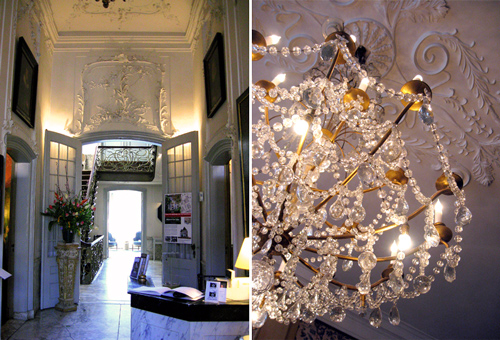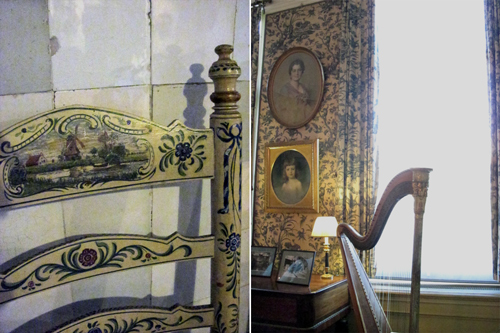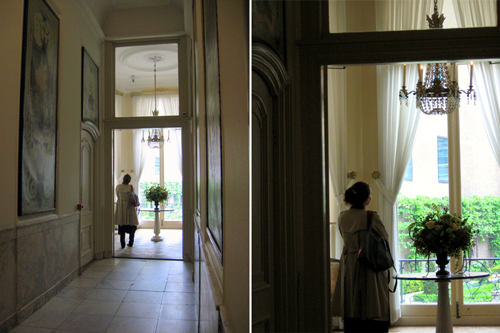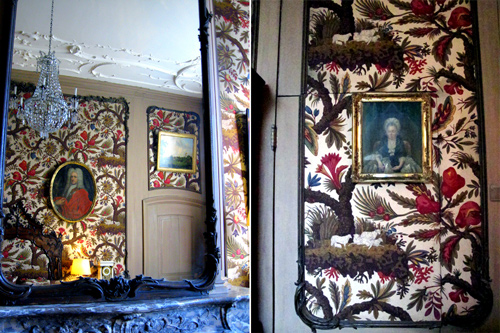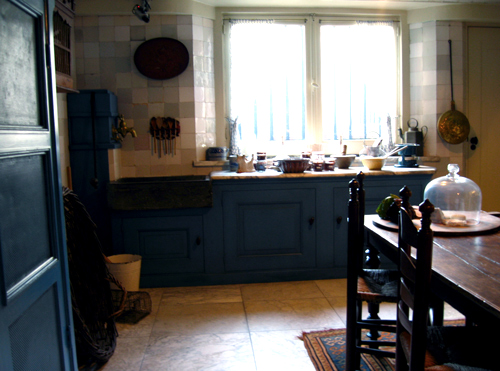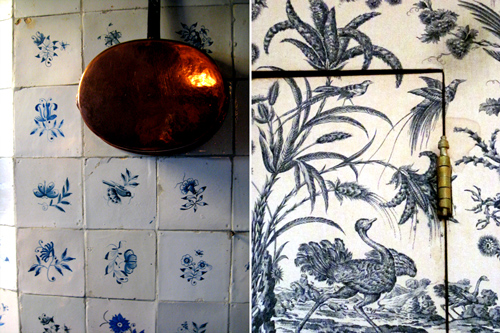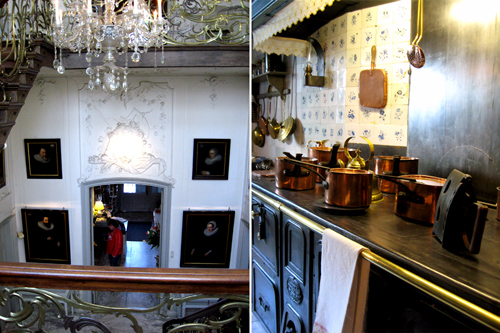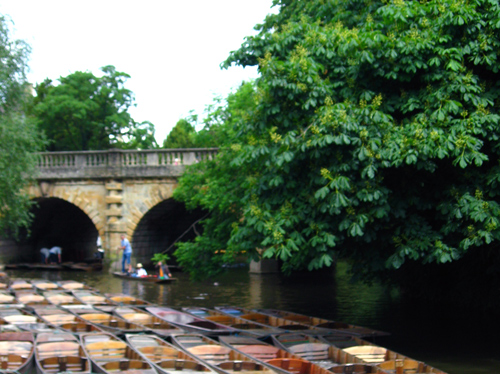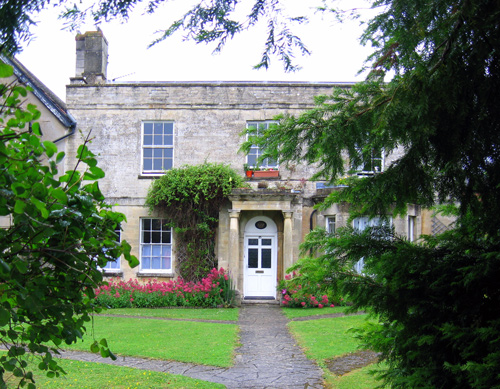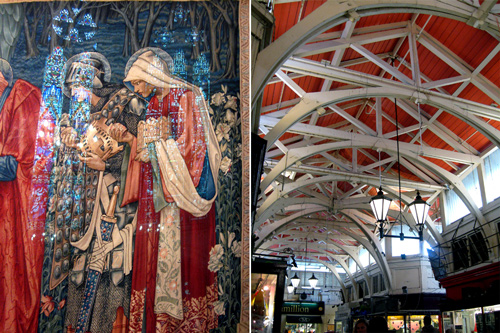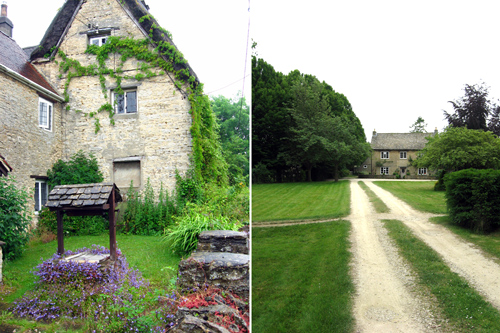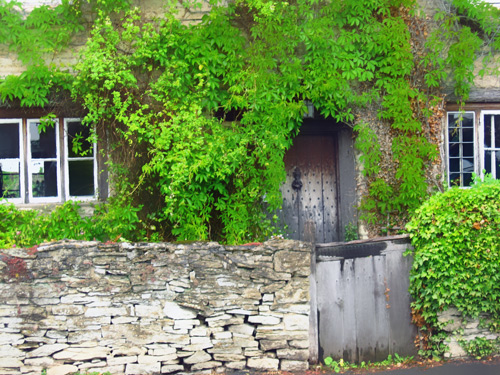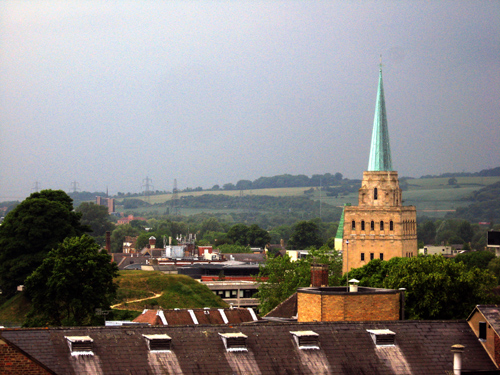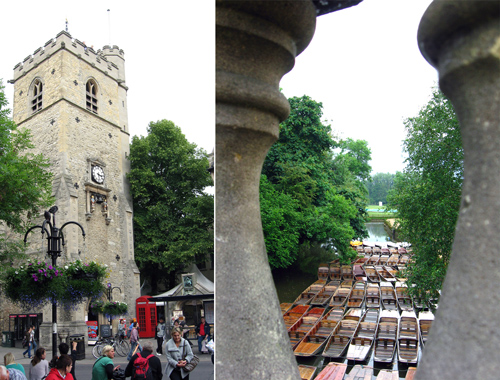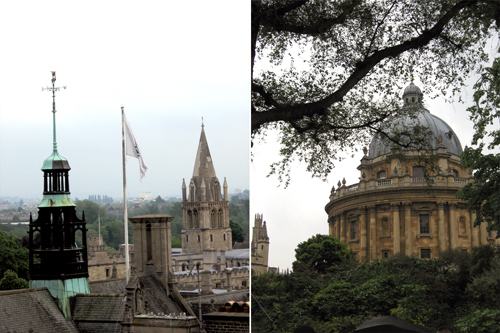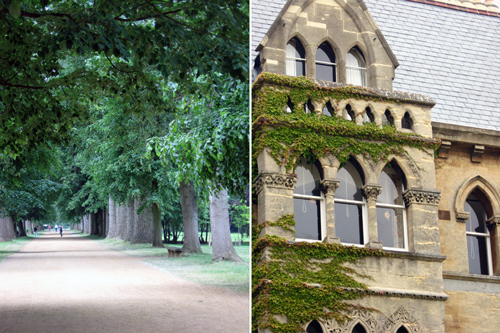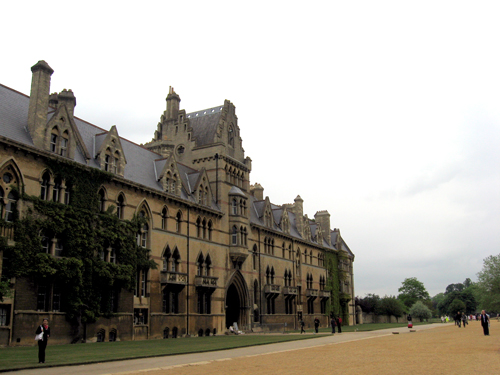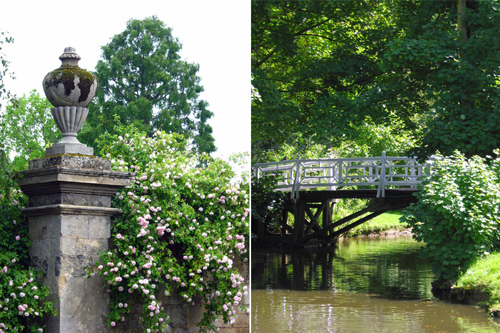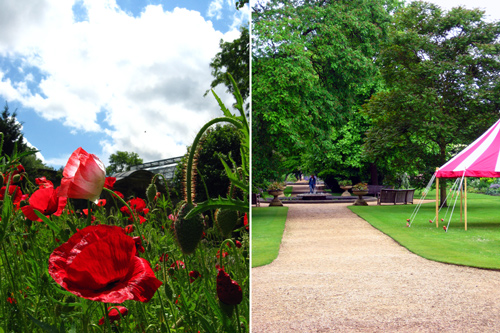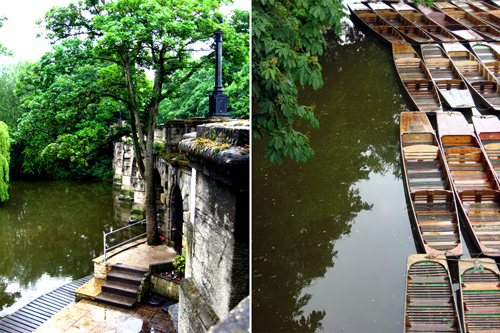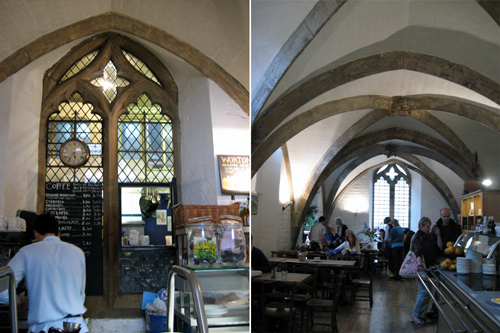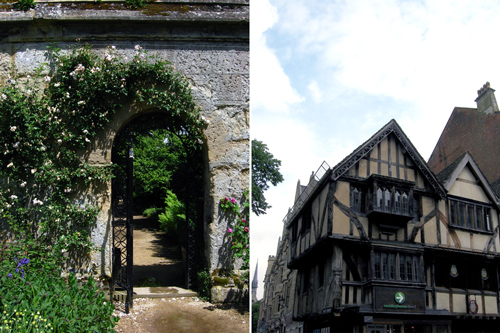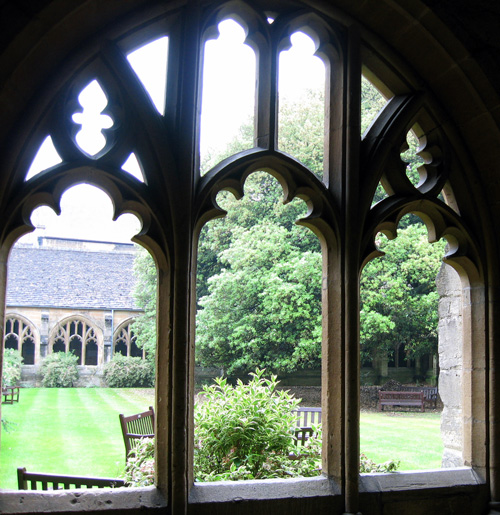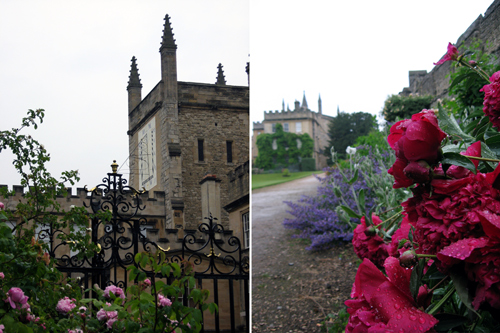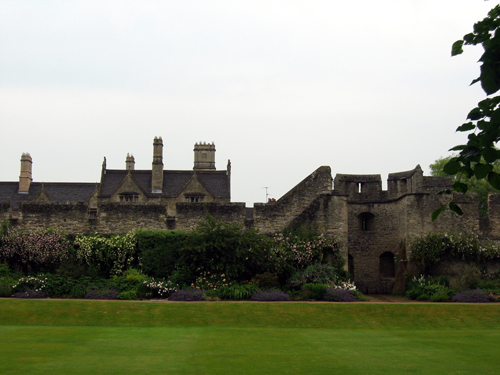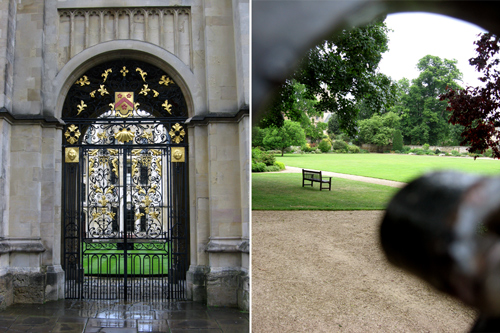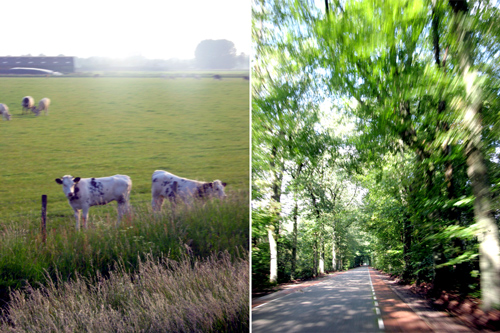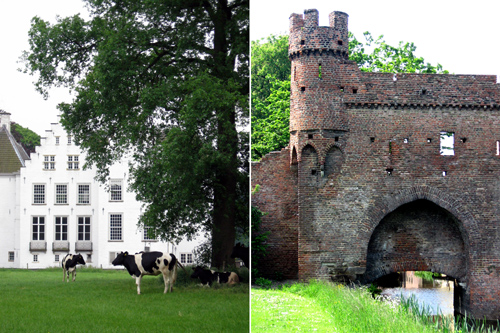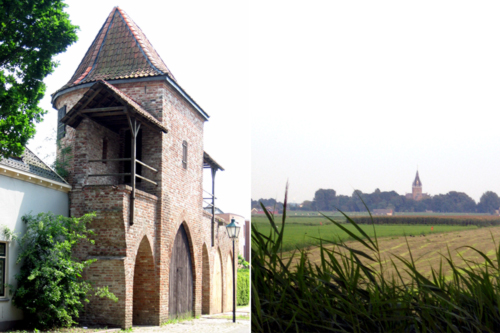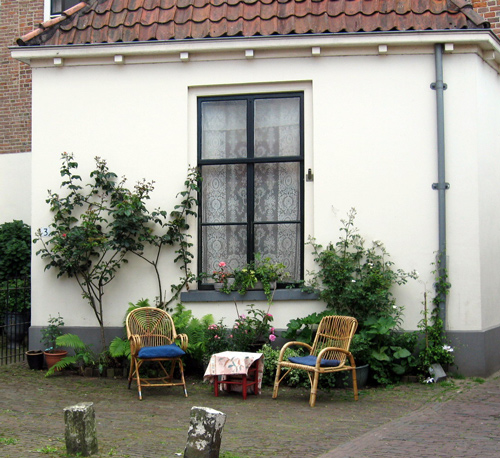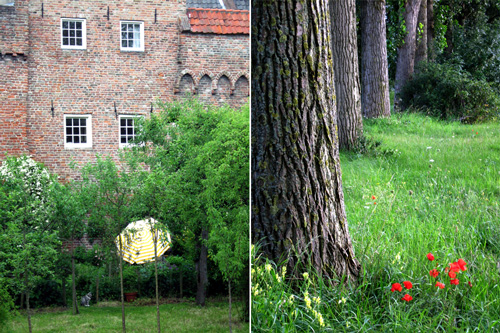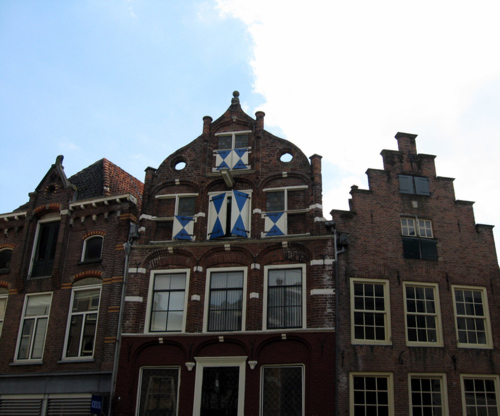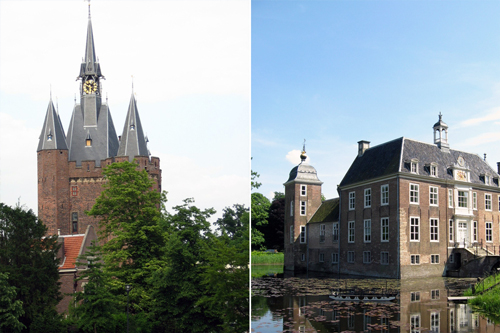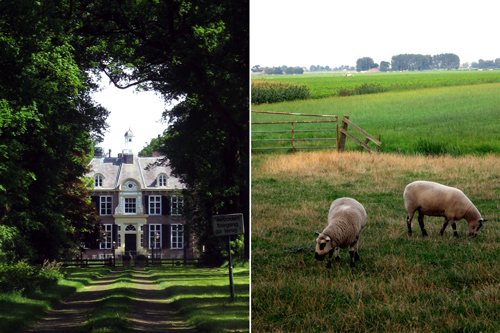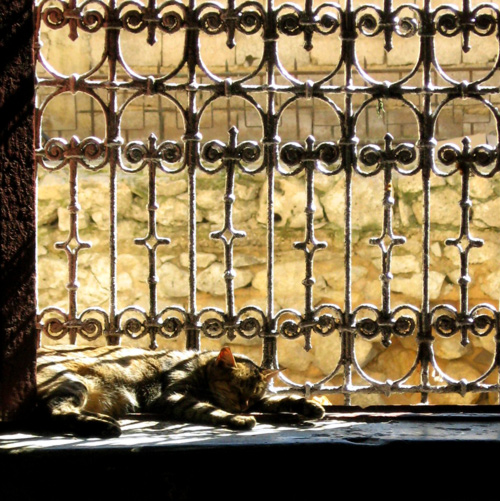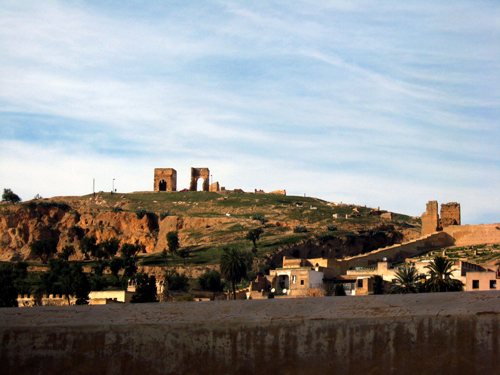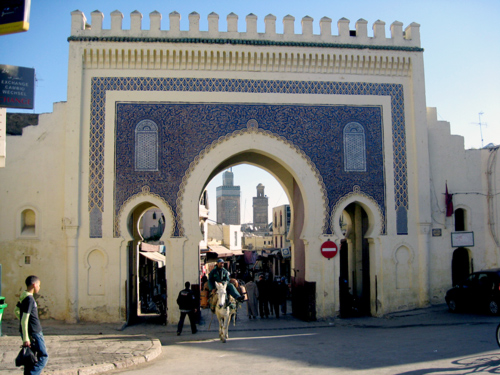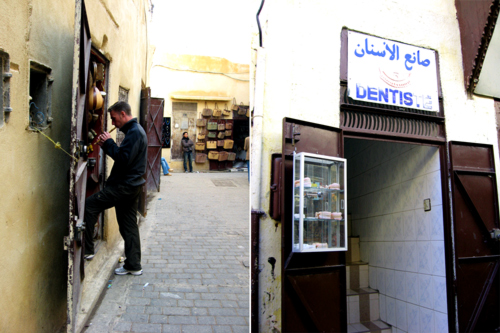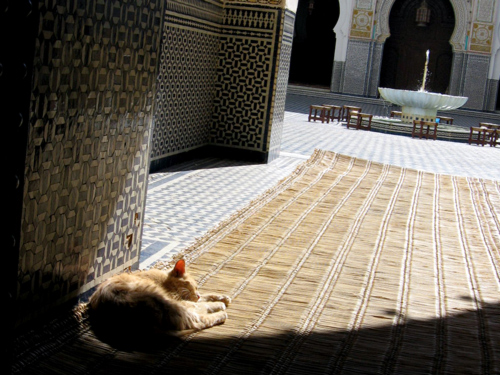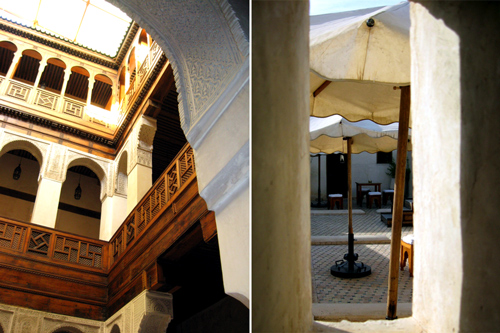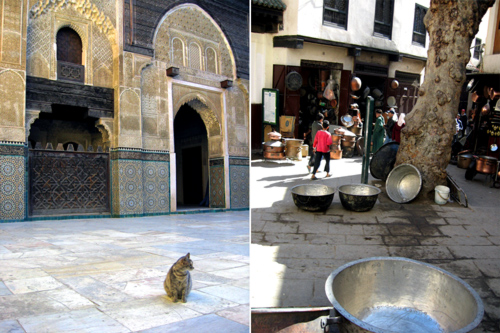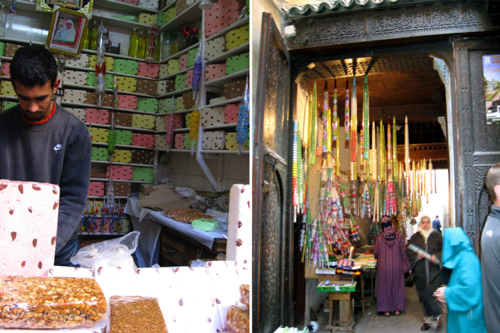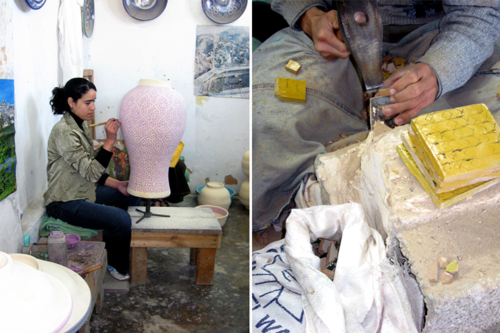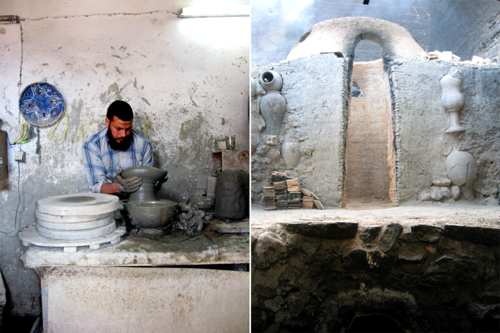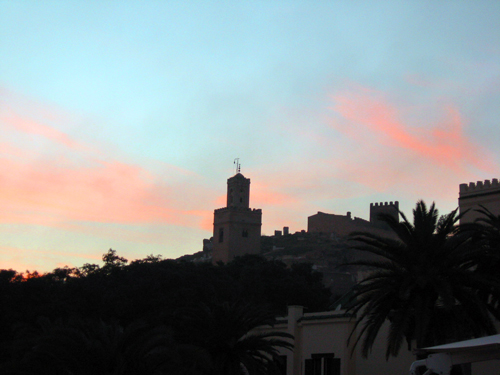
There’s a village nestled somewhere in the chalk downs of Wiltshire in the south west of England. As a village it is unremarkable – undeniably picturesque and very cute, but there are hundreds like it all along the rambling country lanes. In other respects, however, this particular village is unique indeed.



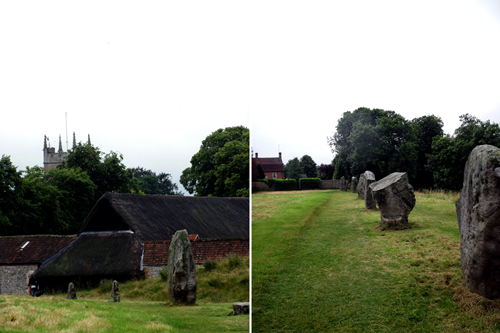

The stone circle at Avebury is the largest henge and stone circle complex in Britain. The village itself winds through the monoliths – many of the missing stones were broken up and built into the very fabric of the village itself.

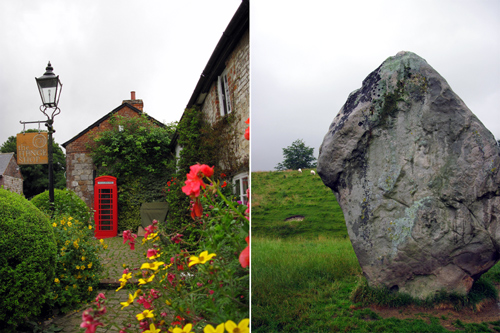



The circle itself is more than 5000 years old. The henge – bank and ditch – is considered the first stage of the structure, and is over 400 metres in diameter. The outer circle of large sarsens originally consisted of 98 stones, some up to 40 tonnes in weight. Within the large outer circle are two smaller circles, one with a cove (a u-shaped configuration of 3 stones) at its centre, and one centred by a single huge stone, weighing up to 100 tonnes.
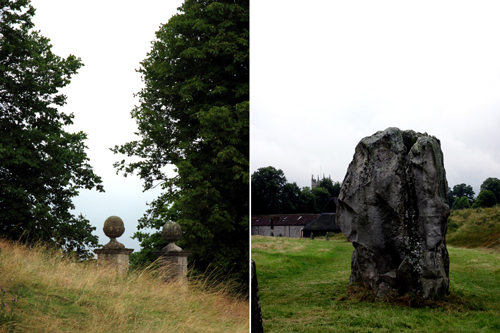

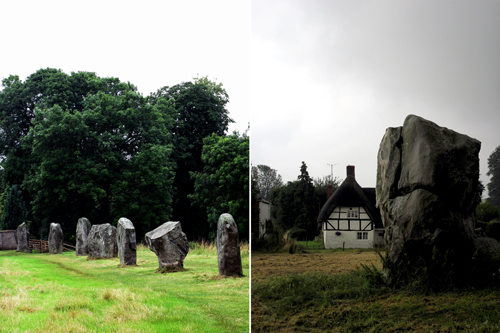

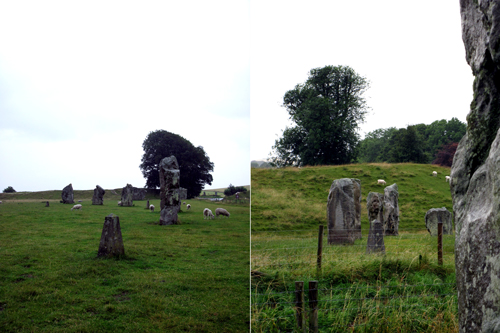

The Avebury circle is … well, awe-inspiring. Despite the ominous atmosphere provided by darkened skies, photos don’t do justice to the drama of the scene that confronts you when you see these stones in person. The circle is accessible – unlike Stonehenge, here you can walk amongst them, touch them, feel dwarfed by their shadows. The view across the downs from the top of the henge is dramatic, and the mystery surrounding the stone’s existence within this idyllic landscape is tangible.



The circle and henge are part of a wider prehistoric landscape. Stretching out from the henge are two sarsen-lined avenues, the West Kennet Avenue and the Beckhampton Avenue. In the hills nearby lie the enormous man-made Silbury Hill, with its distinctive flat top, and the West Kennet Long Barrow, where the remains of up to 40 burials were uncovered, dating back between 4000 and 5000 years or more.






There’s more mysterious phenomena to be found in the hills surrounding Avebury village than the Neolithic human influence. Every summer, Wiltshire experiences the overnight appearance of those enigmatic creatures known as crop circles. Often more popular with the tourists than the stone circle itself, the mysterious patterns appear in the summer-ripening wheat and corn fields, prompting many an irate farmer to destroy the evidence before the field is trampled by a horde of curious travellers. Regardless of which theory you ascribe to, the reality of a crop circle at ground level is a decidedly anticlimactic experience – they are simply too large to be able to appreciate without the benefit of distance – as the many small aircraft overhead can attest to.




Whatever your circle interests – whether Neolithic or mystic – this amazing place is full of atmosphere and mystery, with plenty of unanswered questions to fire your imagination. Enigmatic and inexplicable, Avebury is one place that will continue to fascinate long after you leave its physical presence behind.

photographs and text by zoë yule







